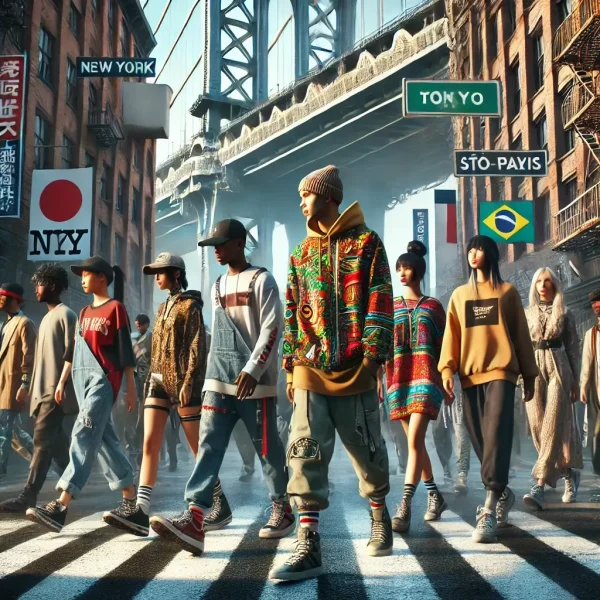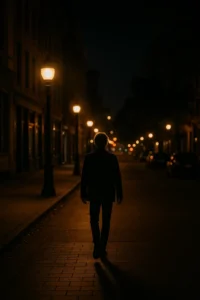Urban culture has long served as a powerful engine of creativity, identity, and social expression — and nowhere is this more visible than in the world of fashion. Across continents, the streets of major cities have become runways where new trends are born, remixed, and shared globally. From New York’s hip-hop roots to Tokyo’s futuristic minimalism, urban fashion is a reflection of the people, the neighborhoods, and the histories that shape them.
In New York City, streetwear culture emerged in the late 20th century, blending the aesthetics of skateboarding, hip-hop, graffiti, and sportswear. Brands like Supreme, FUBU, and later, Off-White were born from city blocks, not corporate offices. Baggy jeans, oversized hoodies, bold logos, and sneakers became symbols of rebellion, self-expression, and cultural pride. Today, elements of NYC streetwear are worn worldwide, from Paris to Seoul.
Tokyo, on the other hand, brought a more experimental, layered, and futuristic approach. Districts like Harajuku became iconic for youth fashion movements like Lolita, Gyaru, and Techwear. These styles often blend traditional Japanese influences with global trends, pushing boundaries with asymmetry, unexpected textures, and bold color combinations. Japanese urban fashion has influenced designers in Europe and America, proving that innovation often begins on the street.
In São Paulo, Brazil, the mix of African, Indigenous, and European roots produces a fashion identity that is rhythmic, colorful, and layered with meaning. Urban youth in São Paulo are known for integrating elements like capoeira pants, graffiti-inspired prints, and Afro hairstyles into everyday streetwear. The rise of local brands and artists celebrating Black culture and social awareness is reshaping Brazil’s place on the global fashion map.
Paris, while often seen as the home of haute couture, has also developed a rich street culture. The fusion of classic Parisian elegance with North African and Caribbean influences has led to a unique blend of tailored jackets, sportswear accents, and luxury-meets-street. Brands like Balenciaga and Vetements draw inspiration from the streets of Paris as much as from the runways.
What makes urban fashion so influential is its authenticity. It comes from lived experience — from people dressing for function, identity, community, or protest. Whether it’s a logo that represents a neighborhood, a color scheme tied to a music genre, or a silhouette made popular through dance or sport, urban fashion is storytelling through fabric.
Social media and globalization have only accelerated the spread of these trends. What starts in Brooklyn today might be worn in Lagos tomorrow. Influencers, musicians, and street photographers help spotlight underground styles, giving voice to creators who aren’t part of traditional fashion systems. This democratization has allowed urban fashion to redefine what’s considered “high fashion.”
Sustainability and DIY culture also play a key role. In many urban communities, fashion is about resourcefulness — upcycling old garments, customizing sneakers, or creating brands from scratch. This grassroots innovation challenges mainstream fashion to be more inclusive, more ethical, and more connected to real life.
Urban culture doesn’t just influence fashion — it drives it. Cities are living organisms, and their style is ever-evolving. As new social movements rise, as technology changes, as neighborhoods transform, so does the way people dress. Urban fashion is less about following rules and more about rewriting them.
In the end, fashion is one of the purest forms of urban self-expression. It reflects who we are, where we come from, and where we’re going. And it proves that sometimes, the most powerful looks aren’t found on the catwalk — they’re born on the sidewalk.







